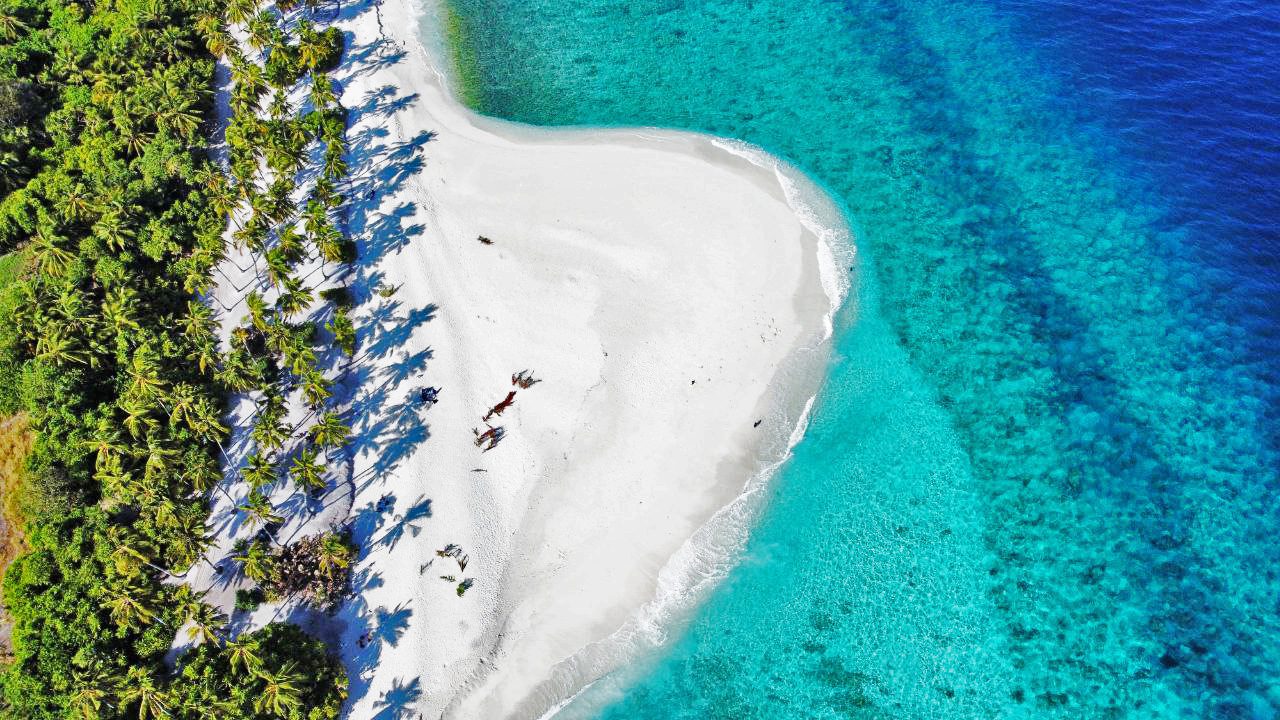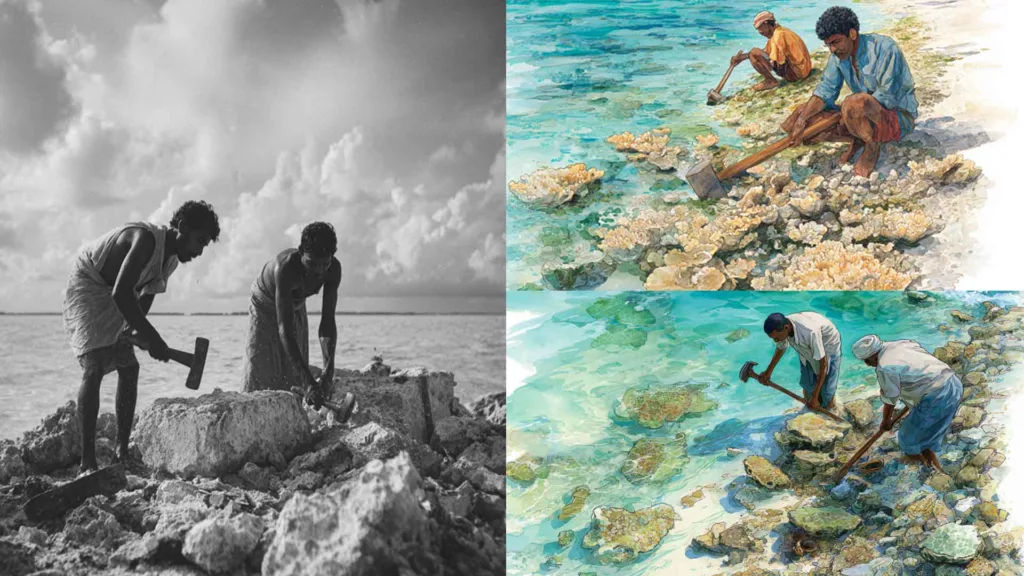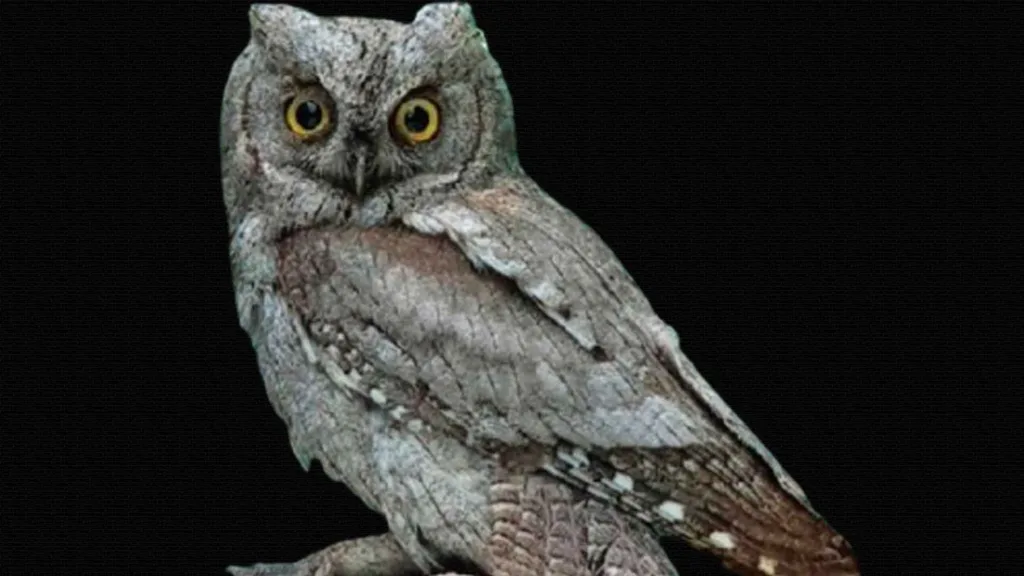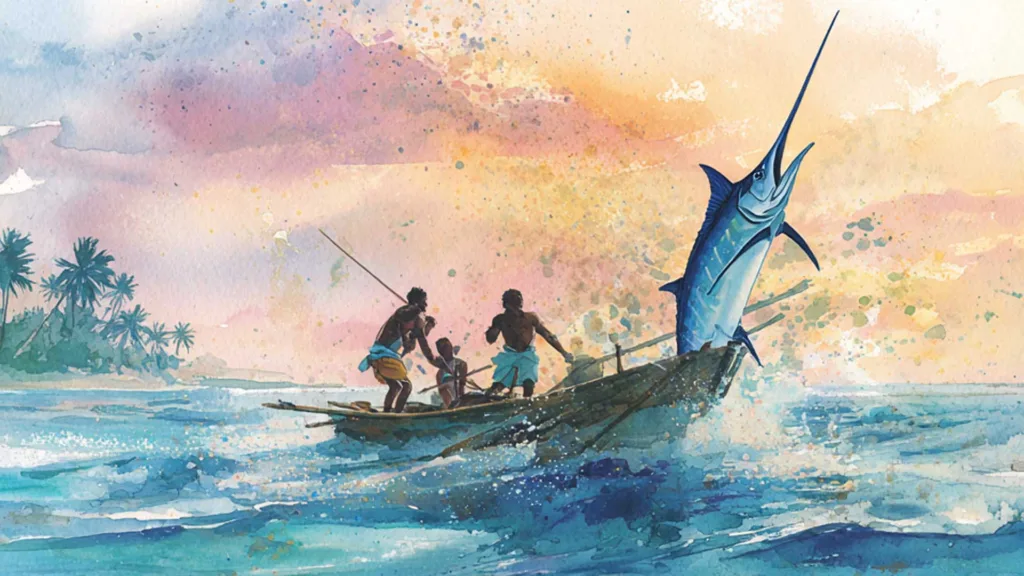
The Maldivian islands are endowed with unique and captivating features. The beaches are among the most stunning characteristics. Fuvahmulah Island is unique in this regard.
As a lover of the sea and beaches, I believe the northern end of my island is the most stunning creation. The beach and its surroundings have unique characteristics. Let’s begin with the sand formation. Here lies Thoondu, a vast sandy beach. The sands are composed of tiny grains of sand as well as small round white stones or unique “pebbles” that cannot be found on any other Maldives island.
Natural phenomenon
A natural phenomenon known as Bissaaveli occurs at Thundi. This occurrence happens when some of the beach’s sand shifts away from the shore and toward the reef’s edge, forming a lagoon or pool bordered by sand and the island’s coastline. This occurrence was common approximately 30 years ago. This occurrence has become increasingly unusual recently.
Frigatebirds
During the southern monsoon, frigatebirds, known locally as Huraa, can be seen every day traveling to and from the island to Huvadhoo Atoll after feasting on flying fish in the water. Hundreds of frigate birds could be seen climbing thousands of feet into the sky before disappearing in minutes after taking off from Thuondu’s shore.
Underwater wonder
This beach is home to the splendor of nature’s underwater wonders. The reef that encircles the deep ocean is a submerged garden. If you dive into this garden, you may come across sharks such as thresher sharks and hammerhead sharks. Thoondu is distinct due to its shark population. Visitors to the Thoondu Sea can see oceanic manta rays, eagle rays, turtles, giant trevally, and various other species.
Thoondu is also known for Medun, a fishing technique in which fishing hand lines are released approximately 200 feet (ca. 61 m) off the shore, and fishermen spend several hours on the beach between sunset and midnight. This fishing technique uses octopus or eel chunks as bait. Most fishermen are taken aback when large sharks and giant trevally (locally known as maamudu) attack their bait.
Fishing
Fishing is common in the Thoondu area. The most popular fishing methods that are used in this area are to catch yellowfin tuna using traditional methods such as Koshaagen (chumming) and live bait. To attract yellowfin tuna, fishing boats approach the offshore beach and drop chopped fish. Fishermen catch baitfish in the reef in front of this area before moving on to larger yellowfin tuna. The area is also a famous fishing location for sailfish and wahoo.
Craved fishermen’s emotions flare up like lightning when their barely deployed fishing lines harden into steel as big yellowfin tuna bite the bait and sway like a hurricane, leaving the fisherman weary and trembling.
The Fiesta Beach
Thoondo is a renowned fiesta place where people gather to celebrate big events. The beach draws hundreds of people, particularly during Eid and Maahefun, the pre-Ramazan festival. Anyone wishing to unwind on a tranquil island should visit the area. A single second in Thoondu produces a calming sigh, day or night. This is one of the most picturesque beaches you’ll ever see.




